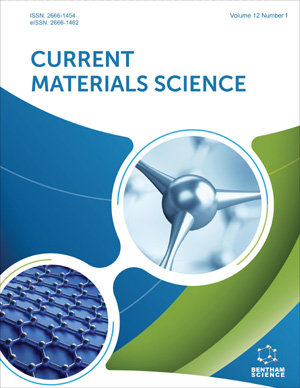Abstract
Electron paramagnetic resonance (EPR) spectroscopy can be fruitfully applied to study the interplay of localized and itinerant spins for carbon nanomaterials, including carbon nanotubes (CNTs), and thus provides a unique spectroscopic probe of their electronic properties upon integration as active components in composite materials. In this chapter, EPR spectroscopy is exploited to investigate the magnetic properties of double-walled carbon nanotubes (DWCNTs) and composites of oxidized multi-walled carbon nanotubes (MWCNTs) embedded in an elastomeric poly(etherester) block copolymer. In the case of DWCNTs, an asymmetric resonance line was observed that could be accurately analyzed in terms of two independent metallic lineshapes with similar g-factors, a narrow and a broad one, related to the distinct contributions of defect spins located on the inner and outer DWCNTs layers, respectively. Analysis of the spin susceptibilities indicated a ferromagnetic phase transition at low temperatures, alike metallic single wall CNTs. Interlayer coupling between the DWCNT layers is accordingly suggested to enhance exchange interactions between localized spins via conduction electrons. Conversely, in the case of MWCNTs-polymer composites, EPR spectra in combination with static magnetization measurements revealed a drastic reduction of orbital diamagnetism and g-anisotropy along with a marked enhancement of spin susceptibility, with respect to the anisotropic EPR spectrum of pristine MWCNTs. These effects indicate considerable hole doping by oxygen functional groups on the MWCNTs’ surface and an excessive increase of the density of paramagnetic defects, which are sensitive to the polymer relaxation and to the underlying MWCNT-polymer interfacial coupling.
Keywords: Carbon nanotubes (CNTs), Curie-Weiss law, EPR, EPR linewidth, EPR spectra deconvolution, Exchange interaction, Ferromagnetic phase transition, Ferromagnetic resonance, Spin dynamics, Double wall carbon nanotubes (DWCNTs), Lorentzian lineshape, Magnetic properties, Multiwall carbon nanotube (MWCNTs) polymer composites, Raman spectra, Single wall carbon nanotubes (SWCNTs), Single metallic lineshape, Skin effect, Spin susceptibility, Static magnetization, Temperature dependence.






















